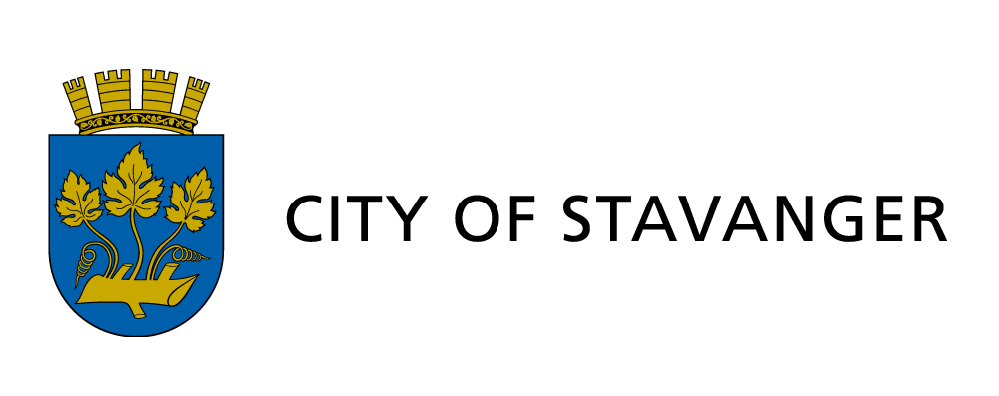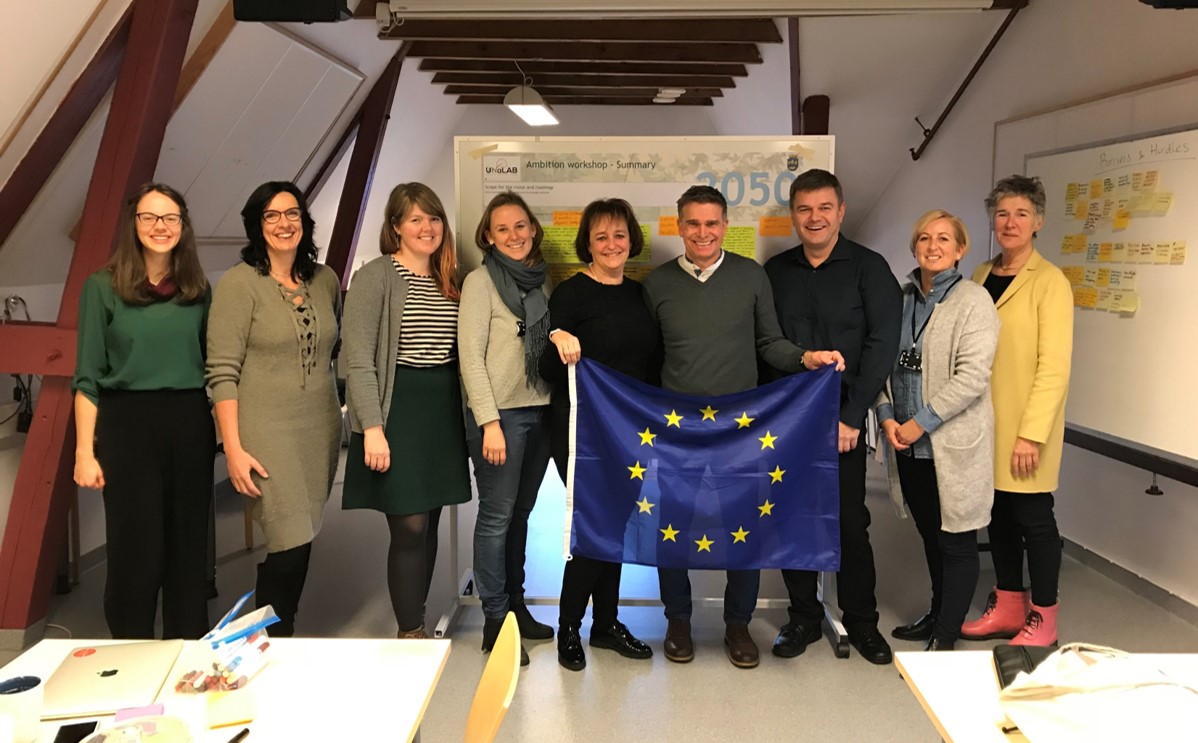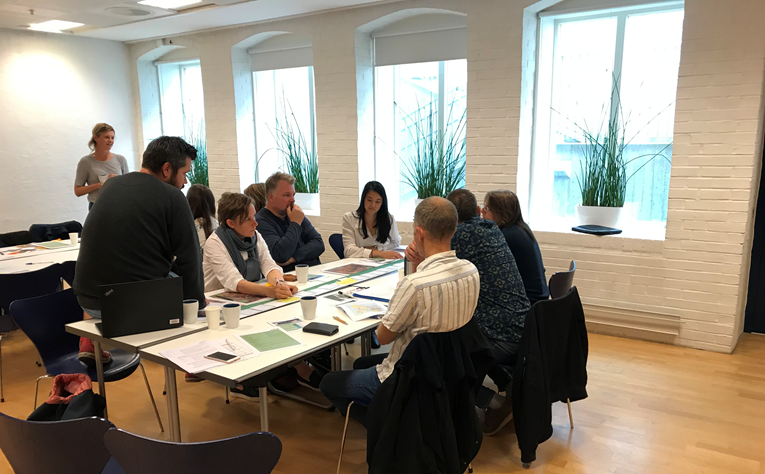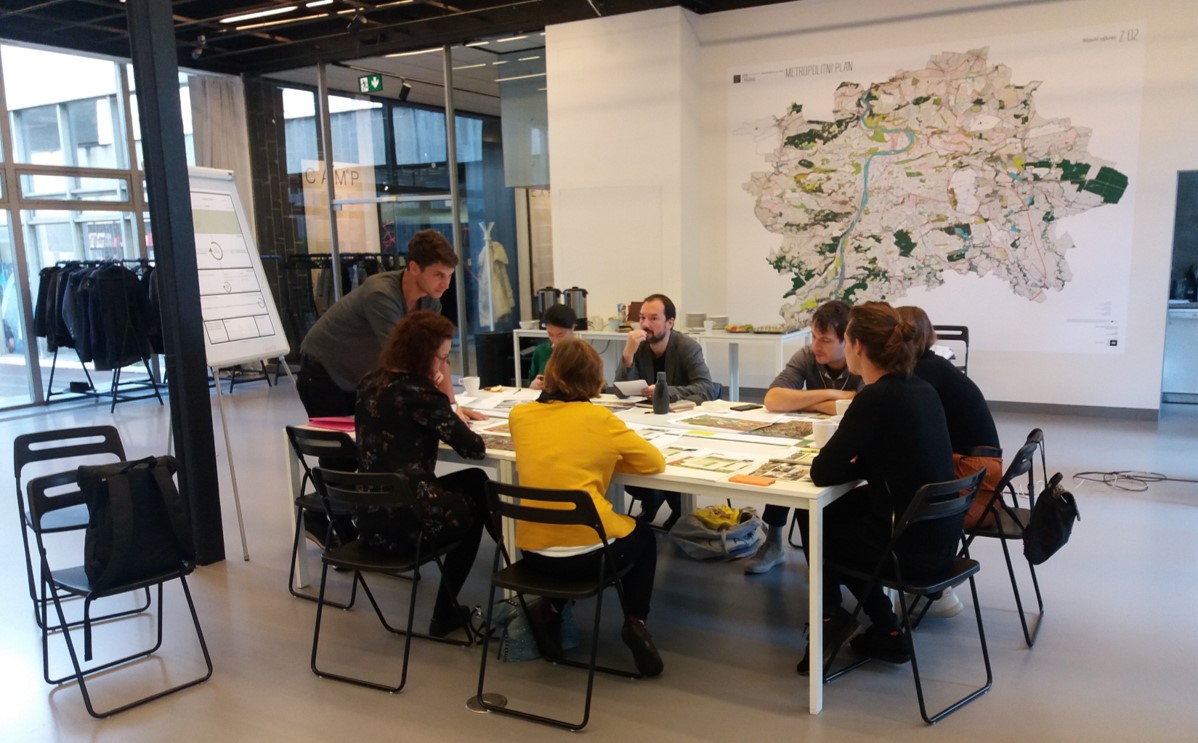About Us

Stavanger is situated on a peninsula along the south-west coast of Norway. Today, 130,000 inhabitants live in Stavanger, although the greater region counts over 350,000, being the third largest populated area in Norway.
Stavanger is a coastal town, with approximately 170 days of rain each year. Due to climate change, experts foresee an increase in rainfall, putting an increased pressure on water management. Furthermore, the expected sea level rise is likely to have consequences for Stavanger on a long term. Green solutions are important factors in the urban planning in Stavanger. Green belts throughout the city are important both for recreation purposes, and for water and air management. In the coming years, the city will revise its climate and environment plan, and implement a new urban plan for the city center.
The city of Stavanger has a long tradition for citizens’ involvement. The city strongly believes in interaction between public sector, knowledge institutions and business community. The city has been the main centre for the development of Norway as an energy nation for the past forty years, and has for eight years in a row been appointed the National Economic Development Region.
Since 2009, the city is a member of Covenant of Mayors Agreement, and since 2013 an associated member of the Eurocities’ environment and knowledge forums. The city is a partner in the H2020 SCC1 project Triangulum, and aims at becoming a strong European sustainable city by integrating ICT, energy and mobility. As a signatory of the Covenant of Mayors, the city aims at reducing its CO2 emissions by 20% by 2020. The City of Stavanger's municipal strategic plan for the climate and environment follows the long-term policy plan of the European Commission with the final goal of zero emission in 2050.
UNaLab Team Members
Meet the UNaLab Team Members from the City of Stavanger

Ingerid Pegg
Work Package 6 - Planning for Effective Up-Scaling and Replication
Signe Stahl Kvandal
Work Package 6 - Planning for Effective Up-Scaling and ReplicationLatest Updates
Related Information
The Perspective of a Follower City – Creating a Roadmap for Stavanger 2050
The Roadmapping process kicked off in December 2017 for follower city Stavanger when researchers from the Technical University of Eindhoven came to Stavanger to conduct a series of workshops resulting in the overall ambition for sustainable urban development and climate change adaptation through NBS: Stavanger 2050-Urban resilience through nature and knowledge.
Completing the roadmap – pathways to nature-based resilience in Stavanger by 2050
The key output for the follower cities in the UNaLab project is roadmaps for climate change adaptation through nature-based solutions. Through a series of workshops and on-site assessments, the cities move from establishing the status quo and their ambition for NBS and climate change adaptation, to creating a vision for 2050 and finally creating a roadmap with goals and potential projects to realise the vision.
Two follower cities’ reflections on UNaLab
The first years of the UNaLab project have been filled with activities for the follower cities, with the series of local workshops connected to the roadmapping process being the most important part. The cities of Stavanger and Prague have reflected on their respective journeys so far in the project, and share their expectations and plans for the next half of the project.


